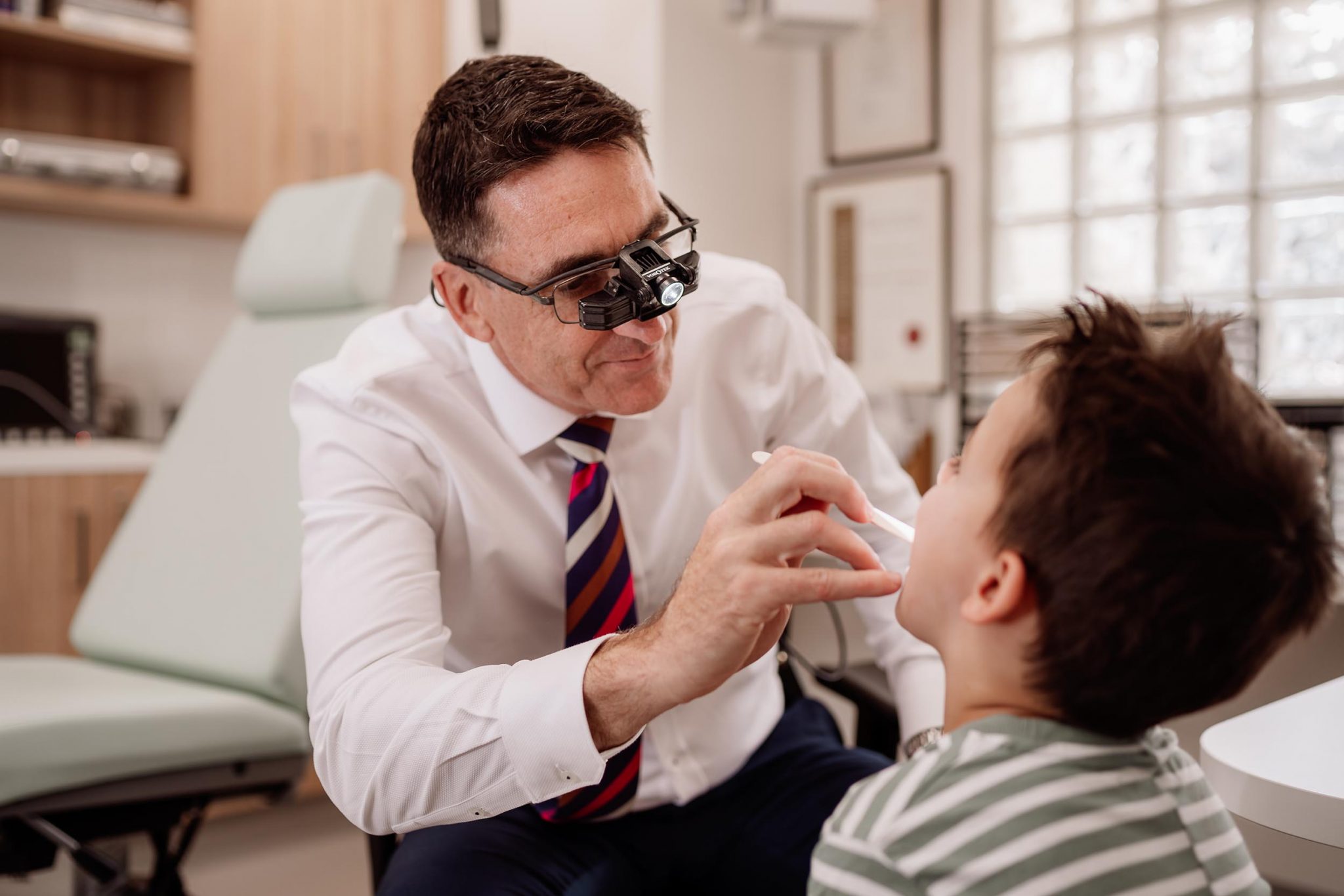What Happens During A Tonsillectomy?
Most of us will experience a sore throat every now and again; it’s a common symptom of colds, flus, and other viruses. However, if you experience frequent bouts of tonsillitis, your ENT specialist may recommend undergoing a tonsillectomy – the surgical removal of your tonsils.
A very common procedure in Australia – particularly with children – Dr Ted Smith from Smith ENT has performed countless tonsillectomies. In this blog he explains what to expect during the procedure.
Why do I need a tonsillectomy?
A tonsillectomy is recommended with overwhelmingly frequent infections requiring multiple courses of antibiotics, trips to the doctor and time off work or school. Large tonsils may also be taken out if they cause breathing issues such as snoring or sleep apnoea. Sleeping issues may occur even when there is no painful inflammation or infection, but in some cases snoring, sleep apnoea and tonsillitis may occur together. ENT specialists are likely to recommend tonsillectomy with or without adenoidectomy when these issues are consistent, with no chance of improvement in the foreseeable future.
How do I prepare?
As with most surgical procedures, you will need to fast for a period of time (as set by your doctor) before the tonsillectomy. If you are undergoing the procedure yourself, you should arrange for a friend or family member to pick you up after the surgery, as you may experience residual grogginess from the general anaesthetic.
The procedure
A general anaesthetic will be used to put you to sleep before the procedure begins. Once you’re out, your surgeon will get to work removing the tonsils. Some surgeons use different techniques; burning away the tissue by cauterisation, ultrasonic vibration (sound waves), and traditional removal with a scalpel. Dr Smith uses a coblation/ dissection technique for tonsillectomy which allows for precise removal of the tonsil without significant burning of the tissues.
Your vital signs will be monitored closely throughout the procedure by medical staff, ensuring that your procedure is straightforward and minimising risk of complications. Tonsillectomies are considered routine procedures, though some associated risks could be swelling, infection, bleeding, and adverse reactions to anaesthetics (you will be asked prior to undergoing the procedure about your medical history and allergies, which will include discussions about anaesthetic).
What to expect during recovery
When you wake up, you’ll be in a recovery room where your progress will be monitored by medical staff. They will make sure your blood pressure and heartrate are within safe levels and that you are not bleeding excessively, feeling nauseas, or experiencing any other side effects of the general anaesthetic. There is usually an overnight stay in hospital, and two weeks will be required until a full return to normal activity.
Get in touch with Smith ENT to learn more or to book a consultation with Dr Ted Smith. We look forward to finding a solution to your throat discomfort, pain or snoring.
